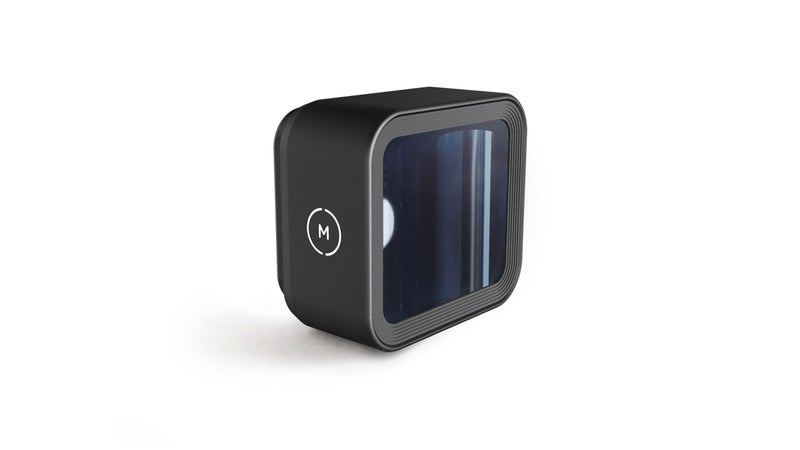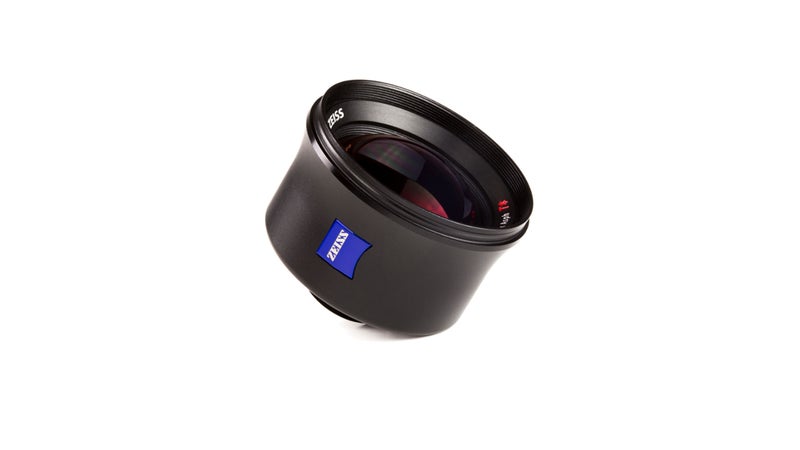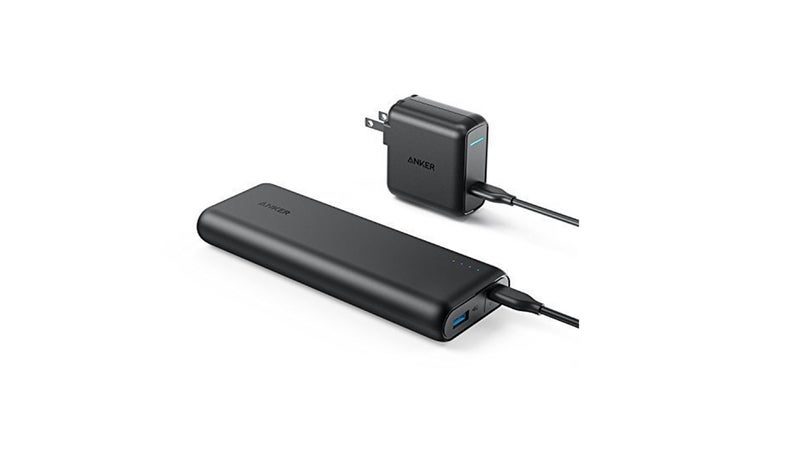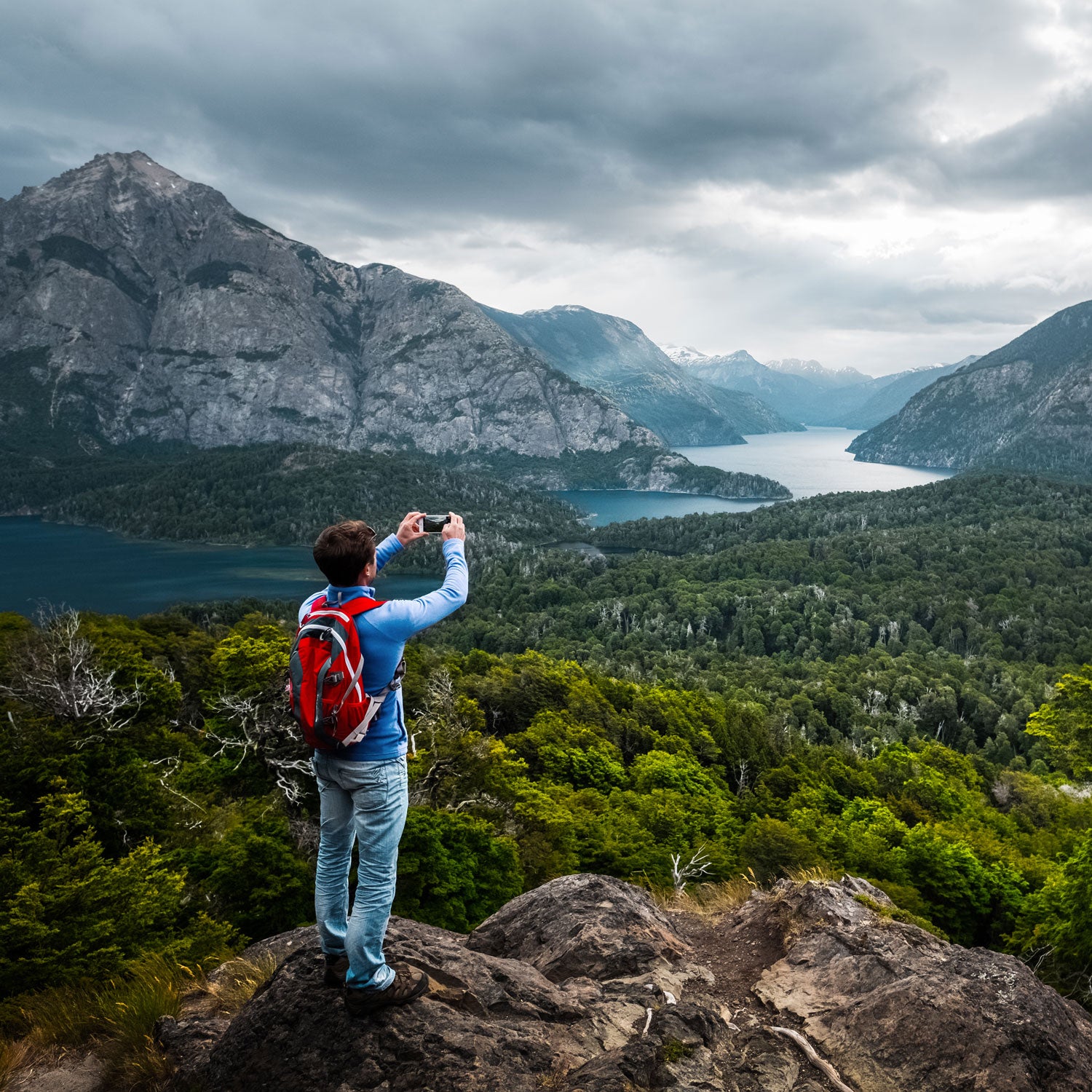You don’t need a five-figure video recorder balanced on your shoulder to shoot quality adventure footage. It’s cheaper and more convenient to take advantage of that device sitting in your pocket or hand—your phone. But out of the box, even the best phones have crappy lighting, miserable audio, and footage that bounces around like the operator’s being kidnapped. It’s worth dropping some cash on accessories that’ll turn your phone into a stable, crisp, 4K-shooting machine that makes big-production-looking video. You already own the most expensive part. The rest is gravy.
Stabilization Rig

Sensors in this device detect the inevitable shakiness from using a lightweight camera, and a motorized gimbal attached to the phone applies opposite force to accidental movements, smoothing out the unsteadiness. As you turn and aim the collapsible ($170), the electric motors resist your hand a bit, giving it an artificial sense of weight so your movements on the lightweight, one-pound rig aren’t jerky. The rechargeable battery is good for eight hours, but it’ll shift to a slightly less-smooth manual stabilization if the juice runs out.
You can tell the one-pound ($129) to track a person or object automatically using its software and motorized gimbal, so if you turn the Mobile 2 sharply, the gimbal will smoothly track the subject instead of jarring the picture. The battery lasts 15 hours, but it won’t run in manual mode once the juice is gone and can’t be swapped out for a fresh battery. Both the Steadicam Volt’s high haptic feedback and the Osmo Mobile 2’s auto-tracking will work fine for whatever you’re filming; it’s just personal preference on how you like the rig to feel.
Anamorphic Lens

Basically, these lenses stretch footage to the 2:40:1 widescreen format commonly used in films, meaning your video will look more Hollywood than YouTube. The ($120) is my favorite, capturing it all in a sleek, affordable package, though it requires a proprietary ($30) that works with iPhones, Google Pixels, and Samsung Galaxies.
Telephoto Lens

If your footage puts you far away from your subject, you need to close the distance with a zoom lens. The , produced by 172-year-old German lens maker Zeiss, has a crisp 2x zoom and clocks in at $199. (It also comes with a mount.) Zeiss proved its chops making lenses for submarine periscopes and NASA’s Apollo program for moon photos.
Macro Lens

A lot of nature videography splices in detail-laden close-ups. Filmmakers use high-magnification macro lenses, which focus on objects extremely close to the camera, rather than telephoto lenses, which focus on objects far away. ($60) packages a 15x macro with a swappable fisheye lens—rarely used but cool for the occasional distorted special effects—and they work with front- and rear-facing cameras. Edges of shots can be slightly fuzzy, but image quality across most of the frame is sharp and satisfying.
Filters

As with lenses, many filters are available that screw on over the lens and specialize in cutting out certain undesirable effects. The ($35) lets you mount any standard 52mm lens filter to a phone. You’ll need three: a ($32), which quashes glare and brings out detail under cloudy skies; a ($7), which prevents intense sunlight from giving footage an unnatural bluish tint; and a ($36), which reduces light entering the lens, preventing overexposure common in harsh light.
Light

A phone’s single flash isn’t potent enough to bathe even a close-up subject in decent lighting, much less an entire scene from far away. The LED ($80) mounts directly to the phone, connects to it through Bluetooth, and puts out 1,500 lumens—three times as bright as a full-size D-cell Maglite. The ($80) is not as bright, at 800 lumens of continuous light, but offers more filters to fine-tune the light’s color.
Microphone

The ($
Power Bank

You’ll quickly drain the life out of your phone if you’re shooting video, so bring along a power bank that can offer a fast recharge and get you back to filming. The ($100) uses a new, faster USB PD and can recharge a typical smartphone six times before it needs to be recharged itself, which takes four hours. The ($50) 15K uses a slower, non-quick-charging USB 3.0 standard, but it’s half the cost and, unlike USB PD, won’t require an adapter if you’re using an Android phone.
Software

All that hardware is pointless if you can’t edit footage in postproduction. Software like ($15) and ($150) lets you edit exposure, color, focus, frame rate, tint, grain, and more. You can nitpick with all the settings yourself or choose from profiles that emulate classic brands of film from the heyday of celluloid. You’ll also need it to desquish your image if you shot footage using an anamorphic lens.


